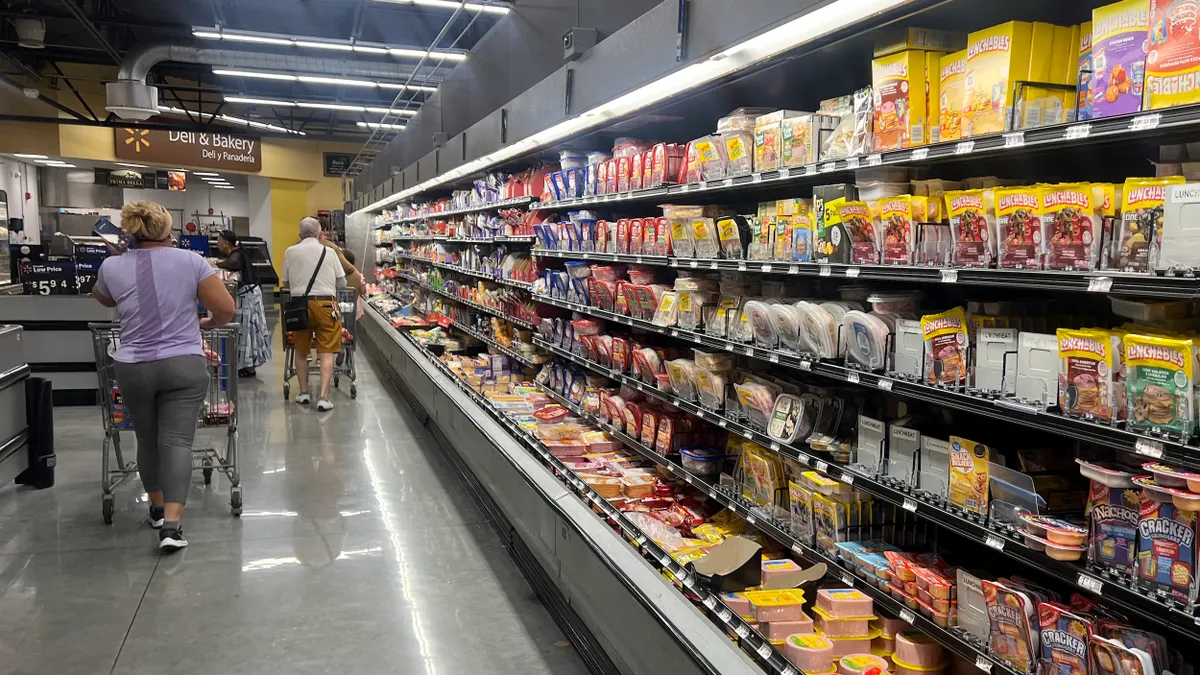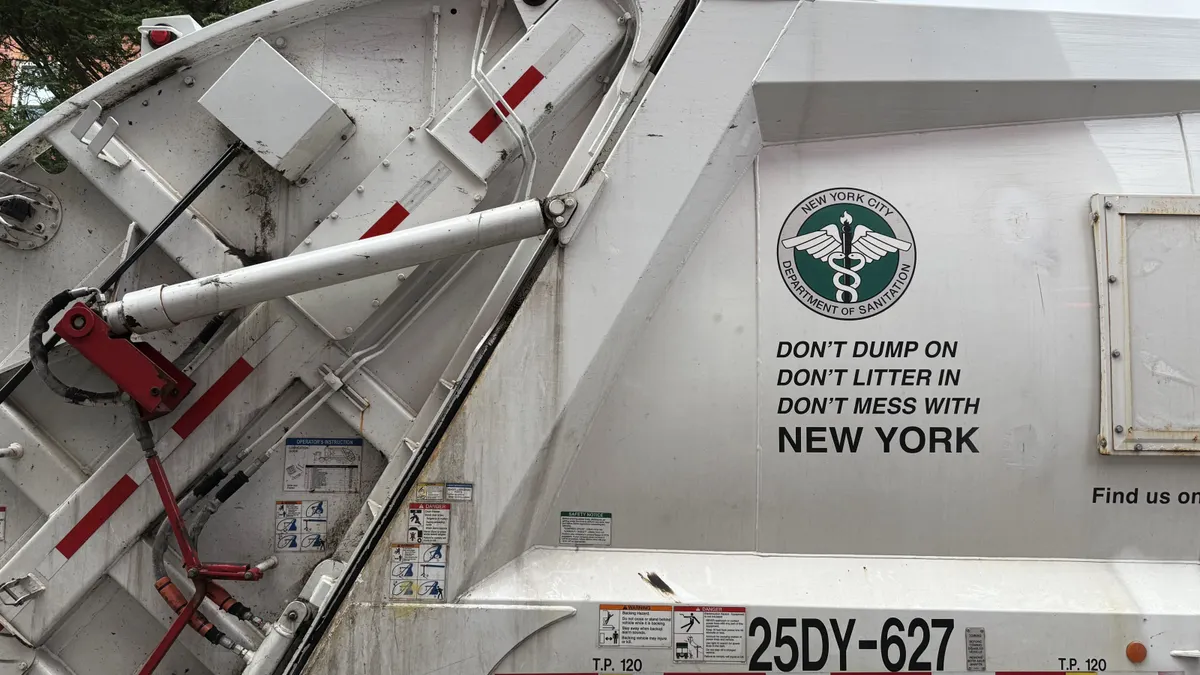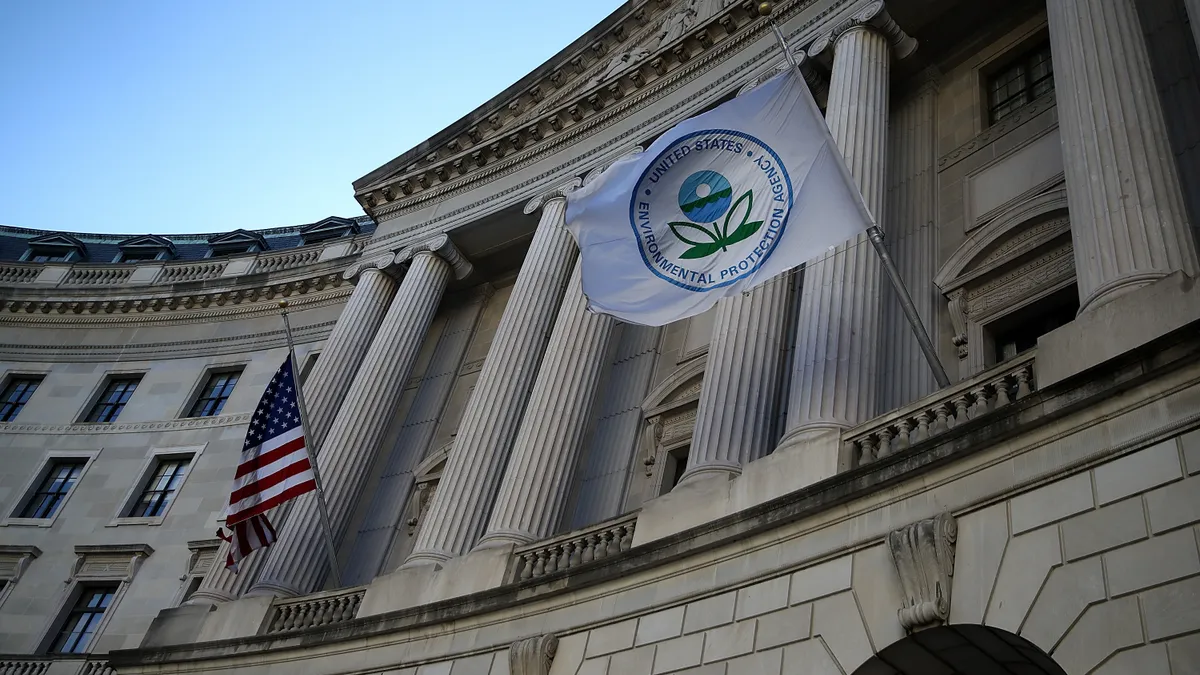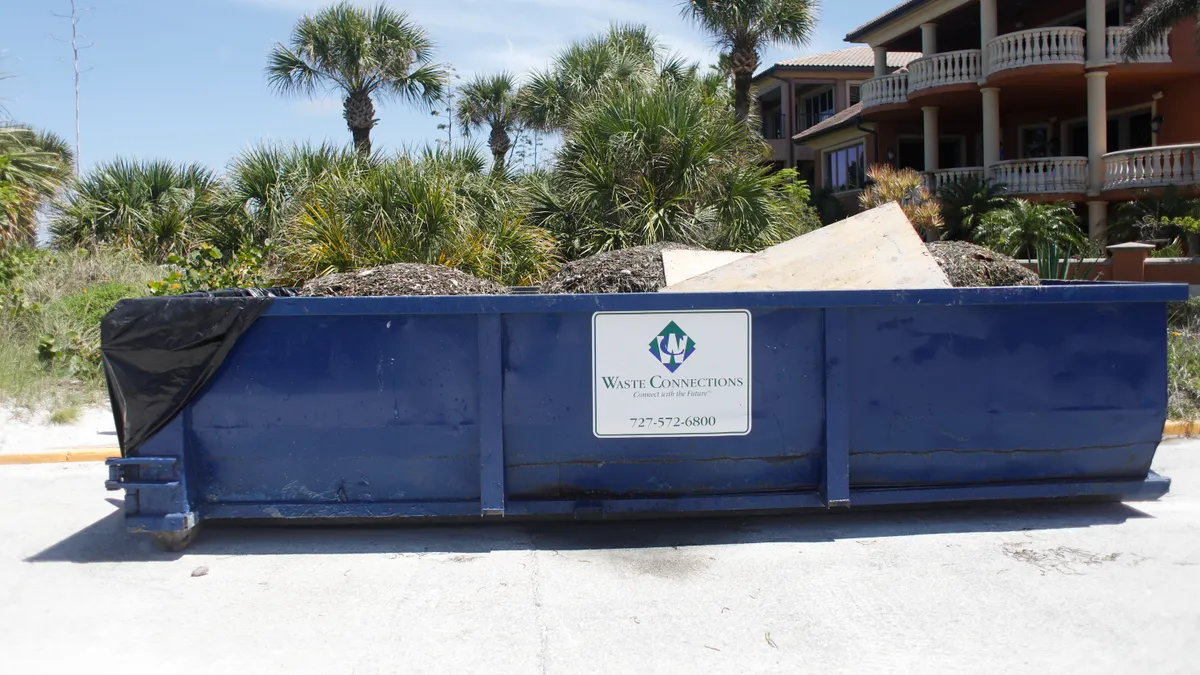Extended producer responsibility for packaging made it into national conversation Wednesday as the Senate Committee on Environment & Public Works gathered voices from packaging, consumer goods and plastic waste policy groups for a hearing.
Lawmakers sought more information about policymaking going on at the state level and what the role of the federal government could be. The Break Free From Plastic Pollution Act, reintroduced last fall, in part calls for establishing EPR for makers of beverage containers and certain plastic products.
EPR has already been a hot issue in 2024 at the state level, with bills active in numerous states including Minnesota, New York and Tennessee, while regulators and partners in California, Colorado, Maine and Oregon are advancing rulemaking for their respective programs.
Committee Chairman Tom Carper, D-Del., highlighted how EPR policies would have to work in tandem with investment in recycling infrastructure, data collection and education, while Ranking Member Shelley Moore Capito, R-W.Va., cautioned against American companies having to conform to different requirements across 50 states as well as international standards.
The panel of speakers featured Ameripen Executive Director Dan Felton, SC Johnson CEO Fisk Johnson and World Wildlife Fund Vice President and Head of Plastic Waste and Business Erin Simon. These were some of the points that emerged from the hearing:
1. Views differ on a federal framework
Johnson said federal EPR is the way to go. “We need federal regulation to avoid over-regulation,” he said Wednesday. “We also believe there's some urgency to get started; it's important to get ahead of emerging state regulations” and to give companies more time to comply to avoid disruptions.
The CEO has previously been an outspoken supporter of EPR. SC Johnson, the Wisconsin-based company behind brands such as Glade air fresheners and Scrubbing Bubbles cleaning supplies, is a founding member of Circular Action Alliance, the producer responsibility organization for California and Colorado.
WWF is hoping Congress will develop and enact EPR legislation. Simon spoke to the benefits of a flexible industry-led governance model for EPR model that gets established at the federal level but is “sensitive to regional differences.” This model with government oversight still hands “day-to-day management and funding obligations to an industry-led producer responsibility organization,” Simon said.

Simon also testified before the committee in October during a hearing on evaluating material alternatives for single-use plastics. It was one of several the committee held last year on plastics issues, including to examine the environmental lifecycle effects of plastic, plastic production and disposal’s environmental justice impacts, and solutions to address beverage container waste.
Ameripen would be willing to work with stakeholders to explore the possibility for a federal program. “While Ameripen is not currently suggesting there is an immediate need for a federal program or framework, any consideration must balance multiple public policy priorities and stakeholder needs,” Felton said.
Felton said this would likely require a national nonprofit producer responsibility organization to manage the organizational structure for any program that moves forward, while a federal entity such as the U.S. EPA would likely need to have oversight.
“Phasing in interested states through an opt-in process to receive federal support might also be appropriate to allow the continued planning and management of solid waste and recycling at the state and local levels,” with national standards for terms, data, measurement and reporting, Felton said.
This type of approach could integrate aspects of EPR across the U.S. “without creating a national takeover and local recovery and recycling programs,” he added.
2. Cost is a concern
Capito expressed concern over potential downstream costs to consumers, as well as the cost of expanding recycling access in more rural areas. Other lawmakers on the committee also brought up cost-related issues.
Ameripen members are very concerned about potential cost increases, Felton said. He noted there have been competing studies as to whether EPR increases costs to consumers. “At the end of the day, I would suggest that consumers may have some of that cost impact; companies may be willing to internalize some of that cost as well, if it gets to what they're trying to do as a company,” whether with environmental or sales goals, Felton said.
Johnson’s cost concern was around the proliferation of state regulations. “There is a complex web of state regulations emerging which are going to drive significant complexity, cost and dysfunction unless there is federal regulation that creates a national approach,” Johnson said.
He noted the example of conflict between California seeking to prevent the use of the chasing arrows symbol on packaging in many cases, whereas dozens of other states have laws requiring they be used. “So it would be impossible for us to comply with the law when you have that kind of labeling conflict,” he said.
Simon later raised that consumers and municipalities already feel costs from plastic waste today, due to trash and recycling payments.
3. Chemical recycling could play a role
“Any EPR scheme that fails to recognize the importance of chemical recycling will never meaningfully improve recycling rates,” Capito said, asking Felton whether it’s feasible for producers to comply with anticipated recycled content mandates without the integration of some chemical recycling.

Felton said that while Ameripen does not have an official public policy position on chemical recycling, it’s a tool in the toolbox “and we would not want any program at the state or the federal level to move forward” that would take away a tool, whether mechanical or chemical, that could increase packaging recycling and recovery.
Johnson echoed it as a tool in the toolbox, particularly for hard-to-recycle plastics and as an interim solution. “You would hope over time that as EPR works, you get out of those hard-to-recycle plastics and you put more into the recycling loop, and maybe there's less of a need for that kind of tool,” he said.
For WWF’s part, “I think we are cautious about chemical recycling today, as it hasn't quite proven,” Simon said. But it’s more important to define system outcomes than the process to get there, Simon said, and set up environmental, social and economic parameters, and then “we don't have to put barriers up around what those tools can be.”
4. Refill doesn’t sell, SC Johnson says
SC Johnson will continue to implement recycled content in products and provide reusable options, Johnson said, the latter of which makes up 9% of its plastic packaging. “However, for all our company’s work and ambition on plastic, I can't say I can raise my hand and say I feel good about the progress that we've made,” he said. “No matter how many innovations one company can try or efforts we can take, individual, voluntary actions can only go so far.”
His company launched a Windex concentrate more than a decade ago, to be mixed with water so that the trigger bottle could be reused. “But it doesn't sell very well,” Johnson said, speculating that plastic isn’t top of mind enough for most consumers “to want to go through the inconvenience” of using the concentrate and refilling the bottle.
“It just comes back to — it's very hard for an individual company to make progress with these kinds of innovations,” but incentives in regulation could help, Johnson said, giving the example of retailers being required to devote a certain percentage of space to reuse/refill options.
5. Consensus is critical
Carper noted the importance of EPR working in combination with other recycling investments, some of which Congress has secured in recent years through the 2021 infrastructure law and Save Our Seas 2.0 Act. While the committee has advanced other policies to those ends, including in the form of the Recycling Infrastructure and Accessibility Act and the Recycling and Composting Accountability Act, they have been difficult to pass.
“We can't even get our small recycling bills through Congress. So how in the world are we going to be able to do something on a federal level, at the scale that we're talking about here,” Capito said.
Felton drove home the importance of stakeholder engagement. “Consensus is critical. And we need people at the table,” Felton said. In the last four years, Ameripen has discovered “we're only going to solve these problems if all stakeholders sit down together,” Felton said, encouraging parties not yet engaged to “follow hearings like this, understand the complexities of it, and move forward with us.”
Interested in more packaging news? Sign up for Packaging Dive’s newsletter today.























